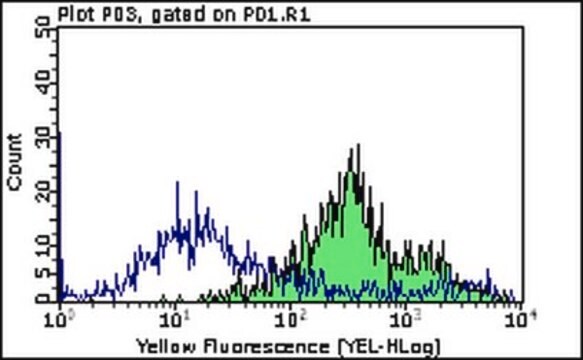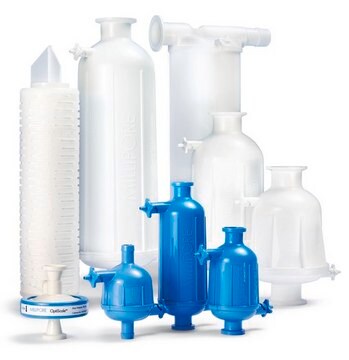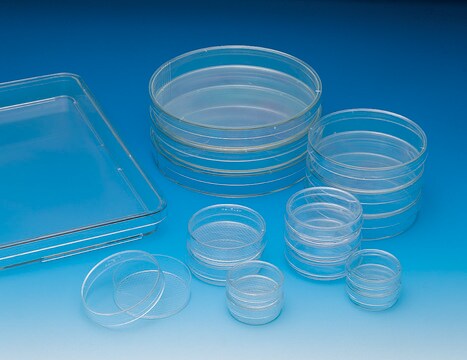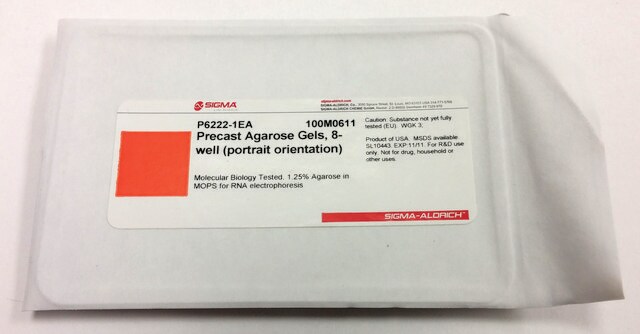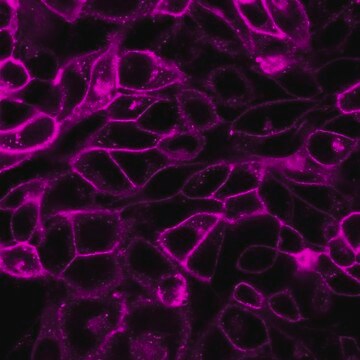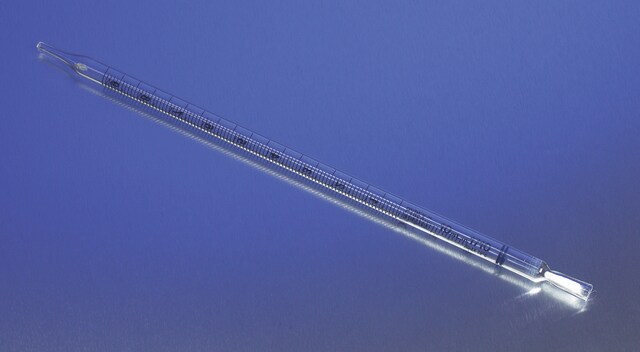CWA-1006
Anti-Mouse CD11b (M1/70) ColorWheel® Dye-Ready mAb
for use with ColorWheel® Dyes (Required, sold separately)
About This Item
Productos recomendados
biological source
rat
Quality Level
antibody form
purified antibody
antibody product type
primary antibodies
clone
M1/70, monoclonal
product line
ColorWheel®
form
lyophilized
mol wt
calculated mol wt 127.48 kDa
species reactivity
mouse
species reactivity (predicted by homology)
rat, human
packaging
antibody small pack of 25 μL
greener alternative product characteristics
Waste Prevention
Designing Safer Chemicals
Design for Energy Efficiency
Learn more about the Principles of Green Chemistry.
sustainability
Greener Alternative Product
technique(s)
flow cytometry: suitable
isotype
IgG2bκ
epitope sequence
Unknown
Protein ID accession no.
UniProt accession no.
compatibility
for use with ColorWheel® Dyes (Required, sold separately)
greener alternative category
, Aligned
shipped in
ambient
storage temp.
2-8°C
target post-translational modification
unmodified
Gene Information
mouse ... Itgam(16409)
General description
Specificity
Immunogen
Application
Evaluated by Flow Cytometry in mouse bone marrow cells.
Flow Cytometry Analysis (FC): Staining of one million mouse bone marrow cells was performed using 5 μL of a 1:1 mixture of Cat. No. CWA-1006, Anti-CD11b Antibody (M1/70) ColorWheel® Rat mAb and Cat. No. CWD-PE ColorWheel® activated Phycoerythrin (PE) Dye or an equivalent amount of PE-conjugated Rat IgG2b isotype control.
Note: Actual optimal working dilutions must be determined by end user as specimens, and experimental conditions may vary with the end user
Compatibility
Target description
Physical form
Reconstitution
Storage and Stability
Legal Information
Disclaimer
¿No encuentra el producto adecuado?
Pruebe nuestro Herramienta de selección de productos.
Related product
Storage Class
11 - Combustible Solids
wgk_germany
WGK 2
flash_point_f
Not applicable
flash_point_c
Not applicable
Certificados de análisis (COA)
Busque Certificados de análisis (COA) introduciendo el número de lote del producto. Los números de lote se encuentran en la etiqueta del producto después de las palabras «Lot» o «Batch»
¿Ya tiene este producto?
Encuentre la documentación para los productos que ha comprado recientemente en la Biblioteca de documentos.
Nuestro equipo de científicos tiene experiencia en todas las áreas de investigación: Ciencias de la vida, Ciencia de los materiales, Síntesis química, Cromatografía, Analítica y muchas otras.
Póngase en contacto con el Servicio técnico